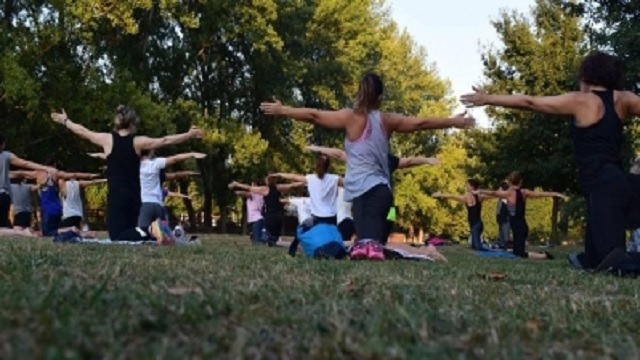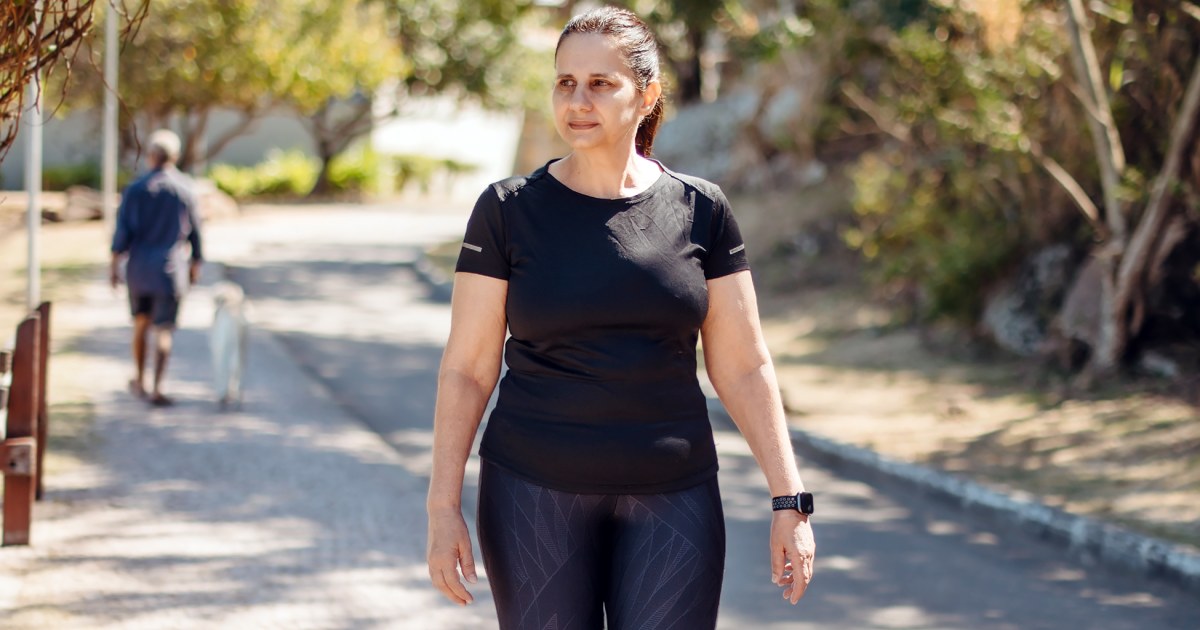What triggers a stroke? The answer has been elusive, but a new study offers clues as to what many survivors went through shortly before their stroke.
Anger or emotional turmoil was common in the hour before symptoms appeared and was associated with all types of stroke, researchers wrote this month in the European Heart Journal.
Heavy physical exertion during the same period was linked to an increased risk of one type of stroke – intracerebral hemorrhage or bleeding into brain tissue.
“We believe these trigger events may increase heart rate, increase blood pressure, and lead to hormonal changes that alter blood flow in vascular beds, such as the brain, which may increase the risk of stroke,” Andrew Smyth, senior author and professor of clinical epidemiology at the National University of Ireland, Galway, said TODAY.
“That being said, not all episodes of anger, emotional upheaval, or intense physical exertion lead to a stroke. Likewise, not all people who have a high burden of cardiovascular risk factors will have a stroke. stroke. “
A stroke occurs when blood flow to the brain is suddenly interrupted, most often by a blood clot or other blockage. Oxygen-starved brain cells can be damaged or die within minutes, with devastating results.
Anyone can have a stroke at any age. The late husband of Bobbie Thomas, a contributor today, suffered from it at the age of 40. Children can also be affected.
It is one of the leading causes of death in the United States and a leading cause of severe disability in adults, affecting 795,000 Americans each year, the Centers for Disease Control and Prevention have warned. Strokes are hard to predict because they happen so suddenly and without warning signs.
Long-term risk factors include smoking, high blood pressure, atrial fibrillation, a history of angina or a heart attack. But the association with the more immediate triggers in this study was seen in people with and without those risk factors, Smyth said.
He and his colleagues analyzed 13,462 cases of first stroke in 32 countries. Patients were asked about their demographics, medical history, and what they had experienced before their stroke.
It turned out that one in 11 survivors was angry or upset in the hour before, researchers linked it to a 30% increase in stroke risk within 60 minutes of an episode.
“It’s definitely something I’ve heard from patients before when they say, ‘I was just in this argument or I was very upset, then it happened all of a sudden,’ said Dr Amy Guzik, neurologist and director of the Comprehensive Stroke Center at Wake Forest Baptist Health in Winston-Salem, NC. She did not participate in the study.
One in 20 patients said they had engaged in intense physical exertion in the hour before their symptoms. It would be an activity beyond what would be usual for them – perhaps a longer run than they were used to, Smyth said.
It was linked to a 60% increased risk of intracerebral hemorrhage – a less common type of stroke that occurs when a cerebral artery loses blood – within 60 minutes of heavy exertion.
Anger and exertion can lead to a rapid rise in blood pressure, and this spike, especially if it’s not something a person is used to, can increase the risk, possibly pushing an already weak blood vessel out. tear, Guzik noted.
“There are definitely components of stroke risk that we are less familiar with,†she said. “But I still think the majority of stroke risk comes from known risk factors.”
They include high blood pressure, high cholesterol, family history, obesity, poor diet, inactivity, smoking, and heavy drinking.
Regular exercise is important for brain and cardiovascular health, but it’s best to avoid extreme exertion, the two experts said.
For people who want to increase their level of exercise, Smyth suggested a gradual increase in intensity or duration rather than sudden large increases.
When it comes to mental health, it is not possible to completely avoid episodes of anger or upset, so the focus should be on minimizing your exposure to distressing situations and reducing stress on the body. when they do occur, Smyth said.
The first step is to take a few deep breaths – Guzik recommended focusing on the exhale to regroup. There are many breathing exercises that can help calm anxiety.
Consider taking a walk or taking time alone to put some space between yourself and the emotional moment, she said.
Meditation, mindfulness, and regular exercise are all long-term anger and upset management strategies, the two experts noted.
Remember to manage risk factors that you can control, such as diet and high blood pressure.
“We are looking for total health to help prevent strokes. Everything is linked, â€added Guzik.
 AD Roberts
AD Roberts






